Updated July 12, 2024
If you relish getting off the beaten tourist path and getting lost with the benefit of a safety line back to more familiar territory, a transit pass might be just the ticket to feed an adventurous spirit. To explore Istanbul, get an Istanbulkart. It’s cheap and convenient, and perfect for experiencing Istanbul on a budget.
What is an Istanbulkart?
An Istanbulkart is a prepaid reloadable transit pass the size of a credit card that makes it easy to use public transportation. It costs TL 70 (about USD 2.11) plus the desired amount of credit you’d like to load. To use it, simply wave the card within eight centimetres of an electronic reader, even from a pocket or purse. With each use, the remaining credit on the card is displayed on the digital screen of the reader.
Unlike other transportation systems with both tap-in and tap-out steps, in Istanbul, you present the card only at the beginning of a journey. Therefore, all trips are the same price, irrespective of distance travelled. However, it costs more to travel on the Marmaray and MetroBus.
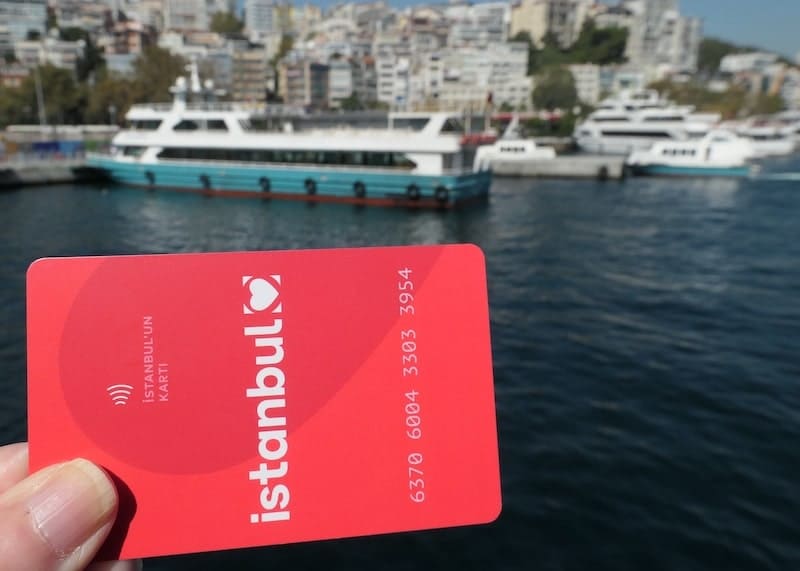
Why get one?
- It works on a variety of services including the subway, tram, bus, nostalgic tram, funicular, cable car, train, and ferry.
- Top up is conveniently managed at the yellow machines at tram, metro, and ferry stations. Cash is required in the older machines but newer machines accept credit cards.
- Most modes of transportation cost TL 17.70. Each trip after the first is discounted (up to three trips within two hours). The three discounted rates are TL 12.67, 9.62, and 6.08.
- It costs more to travel on the Marmaray (TL 33) and MetroBus (TL 22.26)
- Up to five people can travel on one card (but only the first person’s fare is discounted).
Where to get an Istanbulkart
The Istanbulkart is available from over 1500 counters, vendors, and machines throughout Istanbul, including on arrival at Atatürk or Sabiha Gökçen airports. Many hoteliers and apartment rental hosts offer the cards on a complimentary basis.
Take your Istanbulkart for a spin
My advice is to set off on your own magical mystery tour and see where you end up, trusting your instincts and the system. If you’re in need of inspiration and a basic plan, below is the itinerary that came together for me one morning without a lot of planning.
I was staying in the Sirkeci area in the bustling Eminönü neighborhood of Sultanahmet, just a couple of blocks from the waterfront. I pieced together a few sights and experiences I had in mind, and armed with a map and my Istanbulkart, accomplished way more than I imagined possible.
For additional inspiration, this four-day itinerary describes a host of possibilities.
A proven itinerary with an Istanbulkart
Here’s my somewhat spontaneous cobbled-together itinerary.
Take the T1 Tramway to the terminus at Kabataş on the European side of the Bosphorus. Mingling with the fishermen on the Galata Bridge should not be missed, so catch the tram from the Karaköy side of the bridge.
Between the stops of Findikli and Tophane in the direction of Kabataş you’ll find Istanbul’s rainbow stairs. The back story is what makes the stairs special. Watch for them on the left side of the tram, or get off at either the Findikli or Tophane stops.
From Kabataş, it’s possible to walk the few blocks to Dolmabahçe Palace or catch a ferry from the Kabataş ferry docks to various destinations. However, I elected to purchase a simit from a street vendor, and enjoy a glass of tea at a waterfront café. It was an ideal spot to watch the shipping traffic slide by and marvel at my good fortune in being back in Istanbul.
From Kabataş, I took the Taksim-Kabataş funicular and surfaced at Taksim Square. While wandering around the square, I kept my eye out for the nostalgic tram.
The Beyoğlu Nostalgic Tram (T5) is a restored trolley from the early twentieth century, and a popular symbol of İstiklal Avenue. With frequency about every 20 minutes, the tram travels between Taksim and Tünel, with a few stops along the way. Being Sunday, the usually busy shopping street was relatively quiet so I took the tram the full length of the line (1.5 kilometres) and disembarked at the terminus at Tünel.
Tünel is an old underground funicular — the world’s second oldest subterranean urban rail line after the London Underground. It’s almost 600 metres long. The lower terminus in Karaköy is close to the northern shore of the Golden Horn near the Galata Bridge.
As I’d already walked across the Galata Bridge, I decided to turn right on exiting Tünel and walk along Tersane Caddesi towards the Taksim-Yenikapı Metro line. The 500-metre walk took me to the Haliç station perched on top of the Haliç Metro Transit Bridge spanning the Golden Horn. While waiting for the tram, I admired the beautiful views up and down the waterway.
I chose to take the Metro in the direction of Yenikapı, an interesting waterfront destination. I was keen to connect to the Marmaray, the world’s deepest underwater rail tunnel connecting two continents under the Bosphorus. The Marmaray took me to Üsküdar — a beautiful waterfront neighbourhood on the Asian side of the Sea of Marmara.
After enjoying the bustle of the waterfront, I took one of the regular ferries to Eminönü across the Sea of Marmara.
I then walked to the bus station just past the Galata Bridge to take the 99A bus to the Eyüp mosque. It was a ride of about 6 kilometres. Had it not been a dreary February day, the walk beside the Golden Horn would have been more interesting.
From there, I took the cable car to the Pierre Loti Café to soak up the magnificent views overlooking the Golden Horn. I’d worked up an appetite by this time, but visions of more delectable offerings back in Sirkeci drew me in that direction.
By the time the bus arrived in Sirkeci, it was time for lunch. One of the things I love about Istanbul is the opportunity to graze around the city. My three-stop two-hour lunch started with lentil soup at one restaurant, followed by kebab and salad at Şehzade Erzurum Cağ Kebabı. Made from lamb, cağ kebabı is marinated with onion, salt, and pepper for a few hours, and then cooked on a horizontal spit over a wood fire.
Lunch ended with Turkish coffee and pistachio Turkish delight at Hafiz Mustafa 1864 where it doesn’t seem possible to escape being showered with a complimentary baklava or some other delicacy.
The price is right
What an enjoyable morning. The nine different types of transportation were all covered by the Istanbulkart. I was amazed at how many transportation options were covered, and how seamless it was to leap from one mode of transportation to another. In the process, I developed an appreciation of the city’s ability to develop an efficient public transportation network to accommodate its 15 million inhabitants and 12 million tourists who visit Istanbul each year.
If you found this post helpful, please share it by selecting one r more social media buttons. Thank you.
If Türkiye is on your travel list, you might like:
- An amazing two-continent food tour in Istanbul
- What’s the best mosque to visit in Istanbul?
- The fascinating story of Isanbul’s rainbow stairs
- 35 Best things to do in Istanbul for a memorable visit
- A relaxing blue cruise on a Turkish gulet: Seaborn Legend
- Is ballooning in Cappadocia worth it?
- Connect with a rich history by visiting a caravanserai on the ancient Silk Road in Türkiye
- 7 Reasons to visit Derinkuyu ancient underground city in Türkiye
Care to pin it for later?
SaveSave

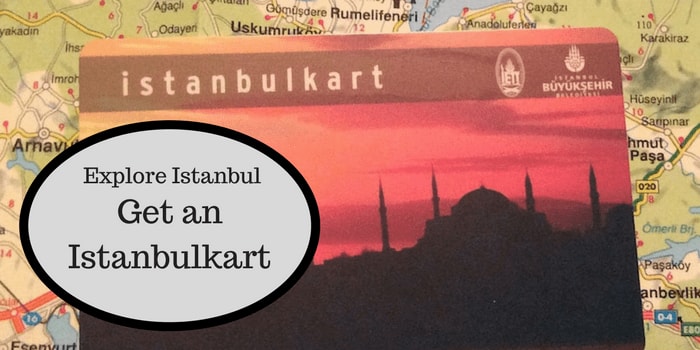
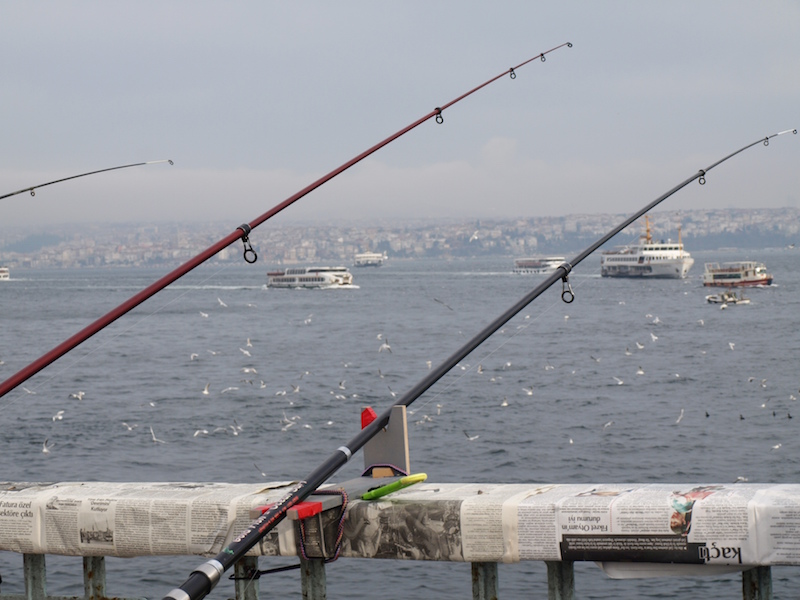
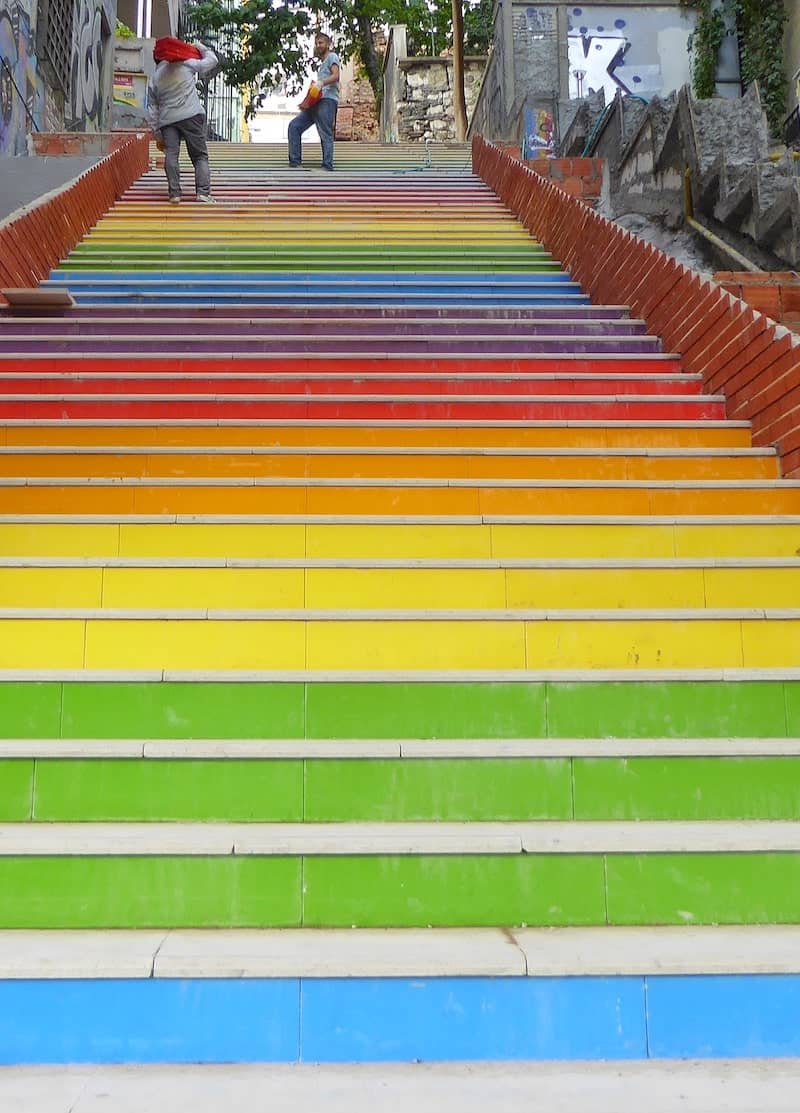
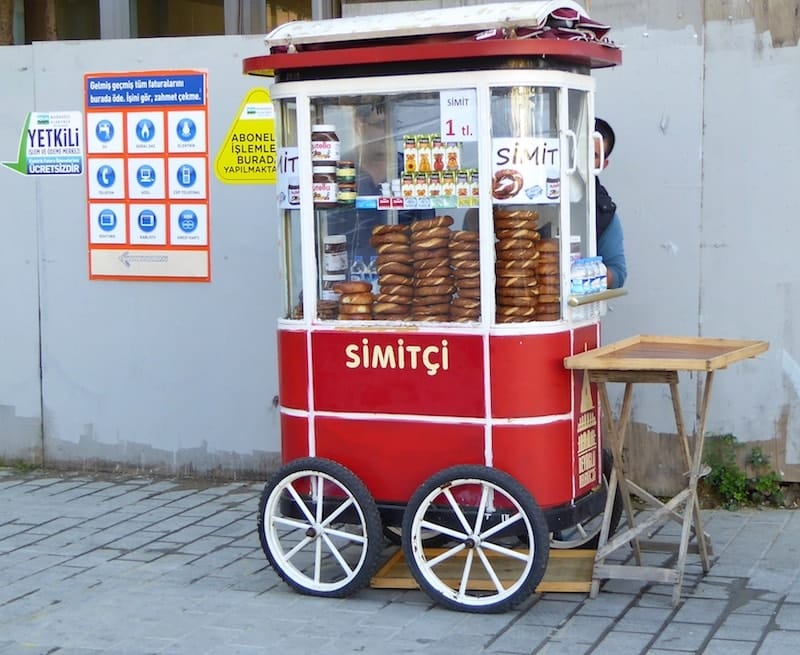
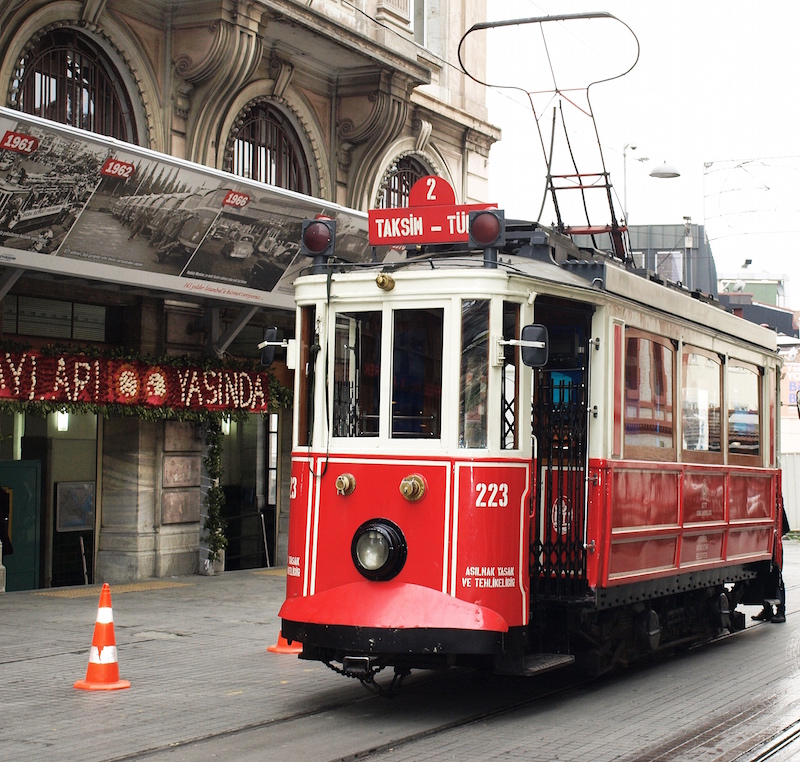
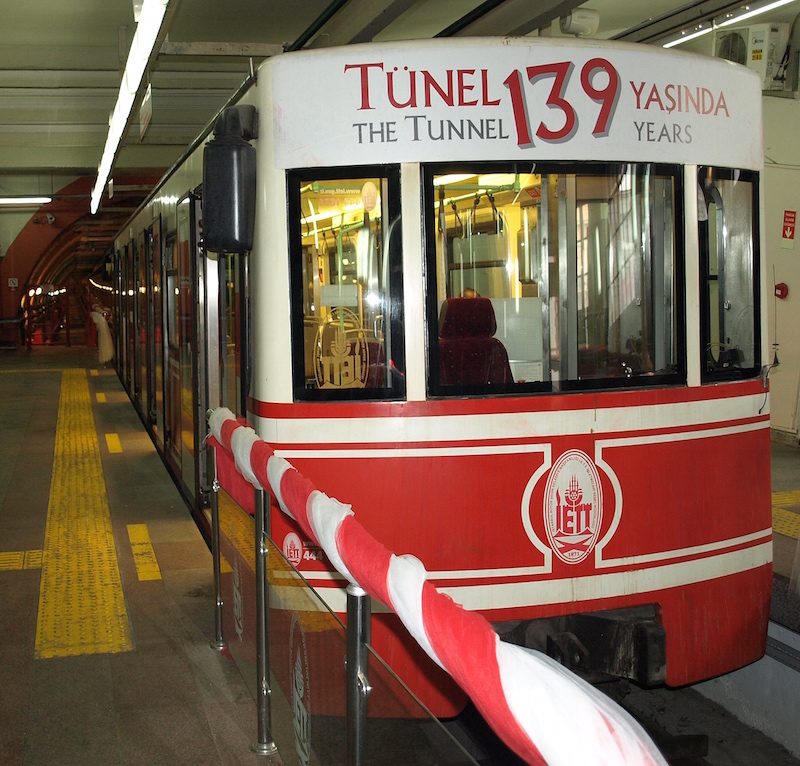


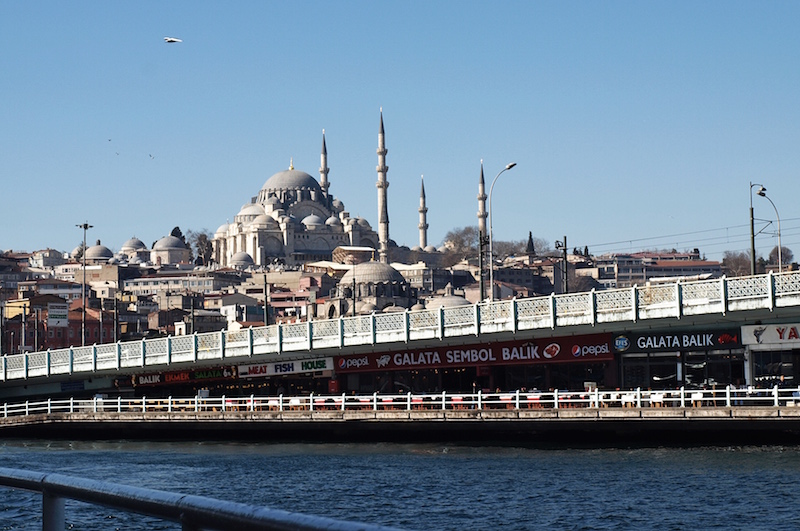
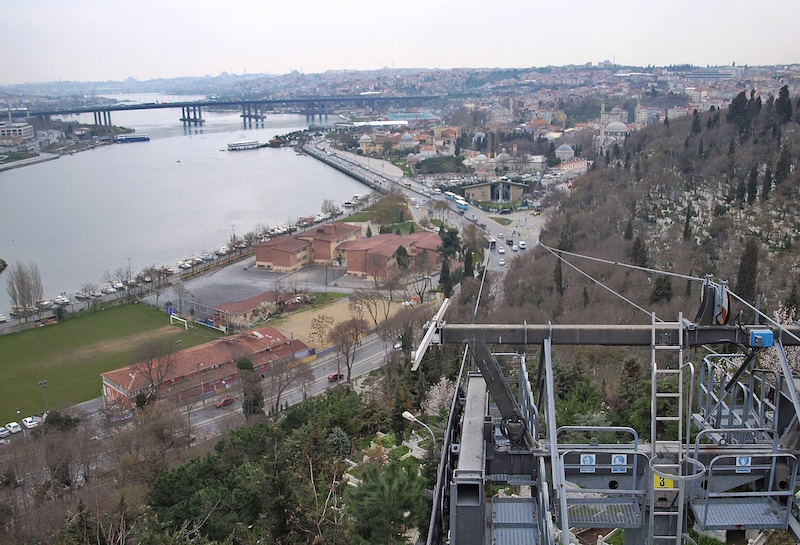
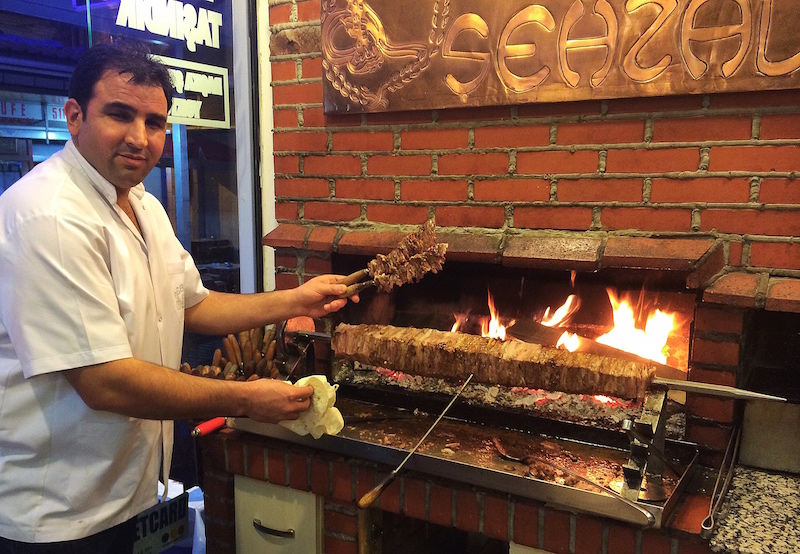
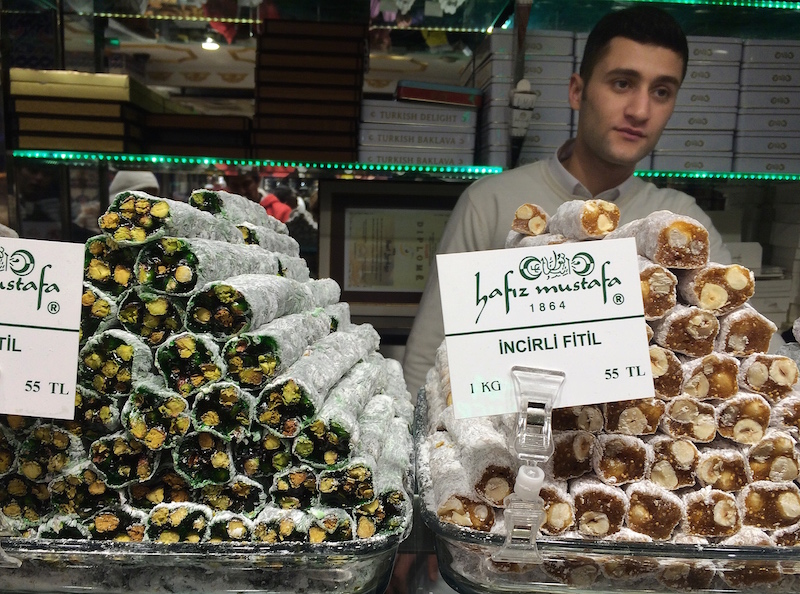
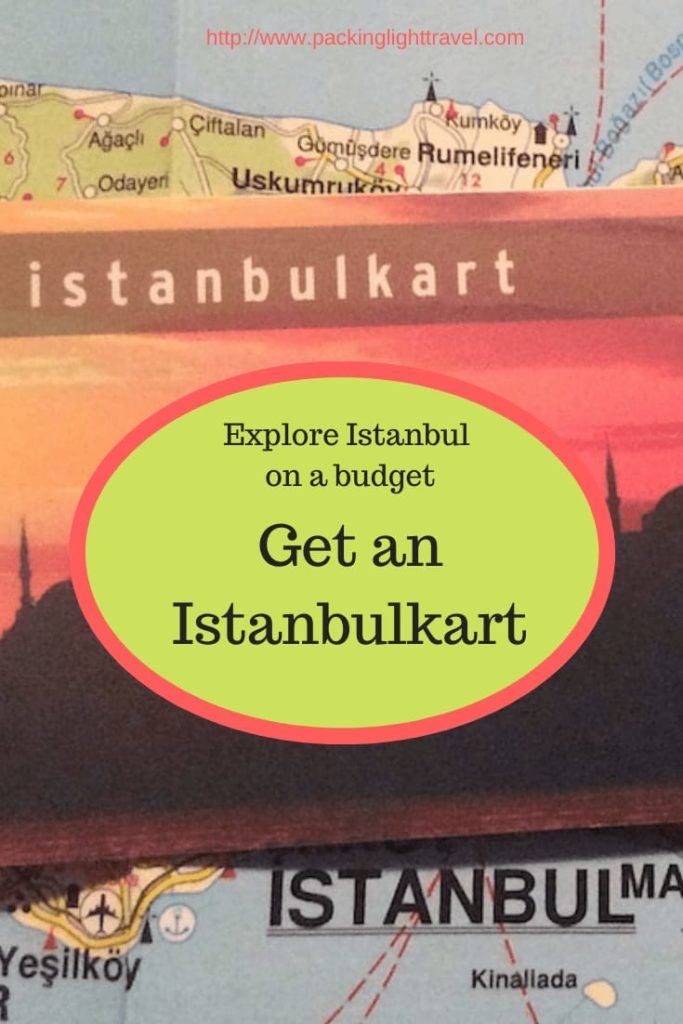




Another great article! I appreciate the photos you’ve included in the diary of your amazing IstanbulKart journey – makes me feel like I’ve been there already. I can’t wait to have my own IstanbulKart experience later this year.
Thanks for this wonderful article. Now I know what my husband and I will be doing on our second day in Istanbul and thanks to you we won’t need to pay for a tour. We’ll be there at the beginning of Oct.
These is a really nice article! As a local, I want to share another tip for transportation; Metered taxis are readily available 24 hours a day at all around the city. If you have internet connection on your laptop or mobile device, always use https://taksiyle.com/en/istanbul just before taking a taxi from airport, hotel or restaurant. It will help you to avoid potential taxi scams in Istanbul, Ankara, Antalya and other metropolitan areas in Turkey and give an outline about the routes between departure and destination.
Istanbulkart is excellent to use. I just loved using ours on the ferries, but handy on trams/light train too. Didn’t get on a bus in the week we were there. Loved walking the best!
I’d love to explore Turkey one day, and this particular article would be of great benefit for me when I do. Thanks for sharing.
Augustus recently posted…Conventional vs. Baitcasting Reels
LOVE the detailed Istanbulkart info thanx. Fell in love with Istanbul in Febr 2018 and plans are in place for a revisit in 2019 WITH your tips in hand.